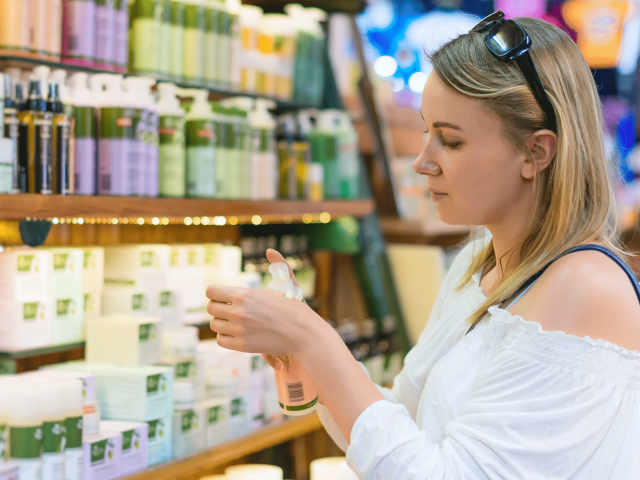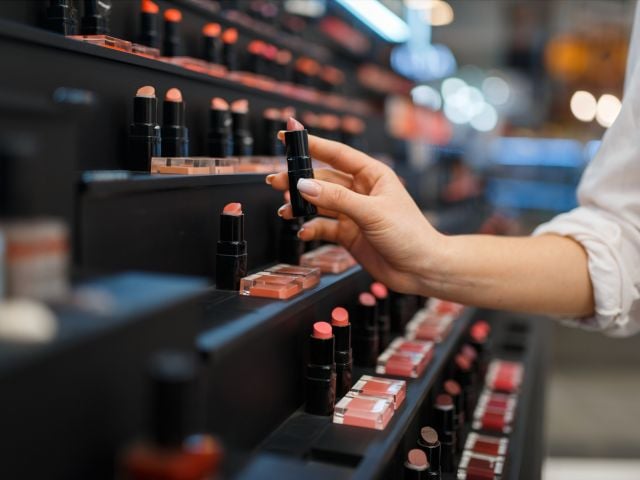I have happy memories of long summer days spent outdoors, largely unencumbered by sun hats, sunglasses and sunscreen.
Now we know that one blistering burn during childhood can increase a child's risk of developing melanoma. So I diligently spread a thick layer of sunscreen on my own sons, who are six and two.
My motivation to protect my children is strong, but getting it done is a bit more of a challenge. Just because the label says, "for children," that doesn't mean a sunscreen truly meets the high standards every parent wants for their children's products.
That's where EWG comes in. This year, my fellow analysts and I have evaluated nearly 180 baby and kids' sunscreens, the most we've ever assessed for EWG's Sunscreen Safety Guide.
Some kids' brands are better
Here's the good news. Many brands formulate children's sunscreens with safer, more effective ingredients than those in other products. About 63 percent of kids' sunscreens contain effective mineral ingredients that provide good protection from ultraviolet-A rays, compared to 40 percent of other sunscreens.
Products with the words "baby," "children" or "kids" in the product name are also less likely to contain:
• Fragrances. Some of these chemical mixtures may cause allergies and other serious health problems. Nearly three-fourths of kids' sunscreens are fragrance-free, versus 54 percent of other sunscreens.
• Oxybenzone, a hormone-disrupting chemical, is in 37 percent of kids' sunscreens versus 56 percent of other sunscreens.
But sometimes the words "children" or "kids" are just marketing gimmicks. Sixteen brands included in the Sunscreen Safety Guide list exactly the same ingredients in their children's products as in their products for general use - down to the exact percentages of active ingredients.
Mineral vs. non-mineral sunscreens
As every parent knows, it's a challenge to get kids to sit still and let you apply sunscreen. My six-year-old recently announced he would no longer use mineral sunscreens. Rebellion has struck earlier than I expected, but instead of sneaking cookies my son has decided that he wants to use "sunscreens that rub in all the way." This leaves me in a bit of a quandary because all of EWG's top-rated sunscreens are mineral-based, containing zinc or titanium. They can leave your kid pasty white.
Here's the problem: the non-mineral options are more likely to contain potential hormone disruptors and less likely to protect him sufficiently against harmful UVA rays.
My solution? I look for a product that contains three percent avobenzone, the maximum allowable level. Avobenzone is effective and presents relatively low risk of toxicity.
Stay away from products that contain oxybenzone or 4-MBC. These chemicals are potential hormone disruptors.
If you are willing to pay a little more for your kid's sun protection, try the products that contain Mexoryl SX, the newer generation UVA filter. While the few products with it are pricier than many other sunscreen offerings, the protection is definitely worth it.
Click here for the 23 best non-mineral sunscreen options.
The best sunscreen is still a hat and a shirt. But when you can't avoid sun exposure, use EWG's guide to find the top-rated sunscreens that offer broad-spectrum protection from both UVA and UVB rays and contain fewer hazardous chemicals.
For more of EWG's Sun Safety Tips for both children and adults, visit our website



